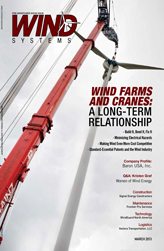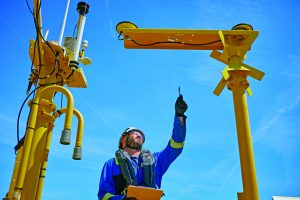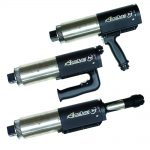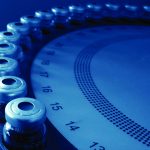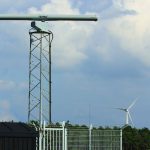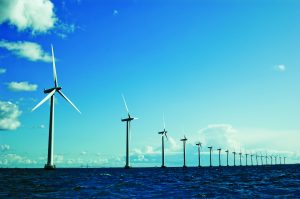Some of the biggest push back on condition monitoring equipment (CME) comes from the financial groups in wind turbine organizations. Mainly because the equipment and subsequent services related to collecting the data is seen as too costly. They can see the cost of the CME as it is evident with the initial cost of purchase but the money/resources that CME saves is not so easy to see. I have one analogy for the people that spend their efforts with the finances of the company. Those involved with the finances work closely with financial related documents. They wouldn’t make plans or run the business without the data that feeds balance sheets, income statements and production forecast. Spending countless hours reviewing this data allows them to make good, informed decisions concerning the finances of the company. The financial decisions are made based off of “Financial Condition Monitoring” data. Making decisions without this data would be extremely uncomfortable for them and “surprises” from doing so could be very expensive and disastrous. The maintenance team is not much different. They also need data to make smart decisions that can save the organization money. The data that would help the maintenance team is generated from vibration CME. This is “game changing” data.
Today’s turbines have components that can be extremely expensive to replace or repair. One main concern is the gearbox and the individual components that make it work. If damage starts in one gearbox bearing and continues to run, the damage may progress and cause other components to become damaged. It may make sense to let the bearing damage continue because the repair may cost as much or more than taking the turbine out of service. But how would you know? Where do you get that data? There is a tool that will allow you to gain data to help you make informed decisions. That tool is vibration CME.
Those of you that know me have heard me explain this to you with an analogy I use about playing a game of cards. Running your turbines without CME is like playing a game of poker and not being able to see your cards. All your bets while playing are being made without being able to see your cards. You are playing cards without reviewing the data. The whole game is a gamble and every hand is a surprise. If you use condition monitoring on your wind turbine, it changes the game. It is like playing poker with all the cards facing up. There are no surprises because you see all the cards. You can’t change the cards, but at least by seeing the data, there is no surprise. Using condition monitoring gives you a chance to see the cards all the time.
Having this data available can help you with your planning. You can know when a bearing starts to fail, a gear has a problem, and when secondary damage is starting to happen. Having this information allows you to plan your crane, pre-order parts, plan manpower, and time the repair for the lowest wind conditions. Condition monitoring may not stop all surprises but it does make your life easier by allowing you to see the cards you are dealt and plan your budget Having this information should be equally welcomed from the CEO to the wind technician. Surprise events on a wind farm are usually always in the wrong direction, result in less production, and are much more costly. Condition monitoring helps reduce the unplanned events.
There are other components to a condition monitoring system that are not frequently talked about. These other components include vibration data analysis, inspection, and scope of repair planning.
Once the equipment is installed the data generated needed to be reviewed. Ideally this is done by experienced vibration data analyst. Once a signal indicates an area of concern an experienced inspection team should be dispatched to document the actual problem. With this physical inspection a true scope of repair work can be planned out. Sometimes after analyzing the data the correct decision will be to run the item to failure. Inspecting the progression of damage is also important to tie the signal generated to actual machine condition for future failures. You can find the final signal level at which you should stop all machine operation.
If you are still not sure about condition monitoring, let me assure you that you already use it in one respect. If you have been in a car, you have experience with condition monitoring. Every time you ride in your car you feel the ride, hear the machine and see the instruments that feed you data. Even your children know something is not right if your car starts making funny noises. It is up to you as to what you do with that data.
My point is condition monitoring helps reduce cost and eliminate surprises.
















